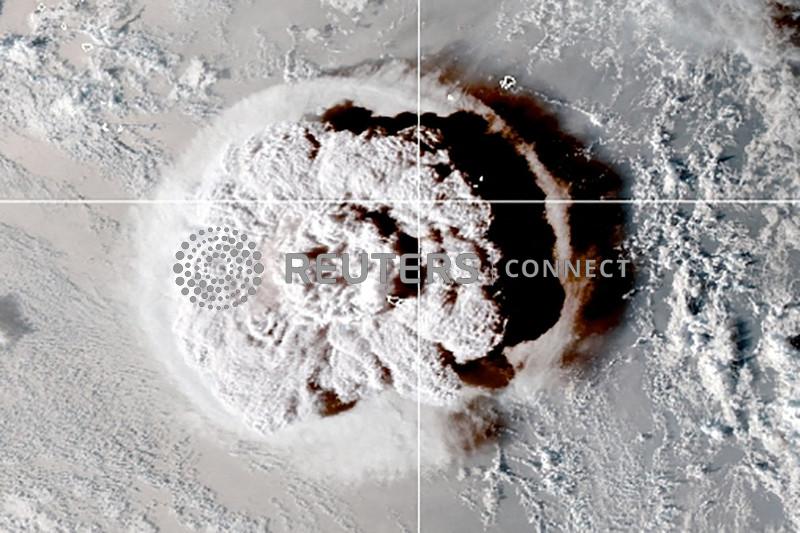In Fiji, the whole tsunami warning system is only geared towards earthquakes, and it monitors the parametres that determine whether that seismic activity will lead to a tsunami or not.
Minister for Infrastructure Jone Usamate noted this in Parliament in response to a question regarding the volcanic eruption in Tonga last month and subsequent warnings provided to members of the public in Fiji.
Mr Usamate said the whole tsunami warning system monitored the parametres that determined when an earthquake took place, and whether or not that earthquake would lead to a tsunami.
He said those parametres were largely around the depths at which the earthquake took place, its strength, and depending on those parametres, feeds into the warning system which is then fed into the Pacific Tsunami Warning Centre in Honolulu, Hawaii.
The Hunga Tonga – Hunga Ha’apai volcano erupted on Saturday, January 15, 2022.
He said initial statistics suggested that this violent explosion was probably the largest volcanic blast recorded in the world since Mount Pinatubo in the Philippines 30 years ago.
However, in Fiji under the Ministry of Lands and Mineral Resources, he said they had the Seismology Observatory Unit that monitored earthquakes and tsunami activities on a 24/7 basis, “but the tsunamis that are being normally monitored because we monitor earthquakes, it is designed to monitor tsunamis that come out of earthquakes”.
“The issue that we had there was that the whole system is geared towards earthquakes and the vast majority of tsunamis that we have come out of earthquakes.
“This one that we had came out of a volcano.”
Mr Usamate said they had gauges around the country that could measure if the water went up or down.
He said those were the only things the Pacific Tsunami Warning Centre had to manually feed into their own calculations and then issued the warnings that came out on the particular Saturday.
“So, that was the issue that we had but since then there has been a lot of work that has been undertaken by MRD and also with the local agencies, including the Pacific Tsunami Warning Centre.
“There have been discussions and what is happening now is they are relooking at the way they try to give advisories to see if they can take in some parametres that arise out of volcanoes.
“Volcanoes are quite rare in terms of leading to tsunamis. This one was a very rare incident but now the whole system, the experts, the Pacific Tsunami Warning Centre are looking at bringing in those volcano parametres into their system so that in the future, I think they are developing an SOP, they are working on an Interim Tsunami Volcano SOP so this can advise us into the future.”



